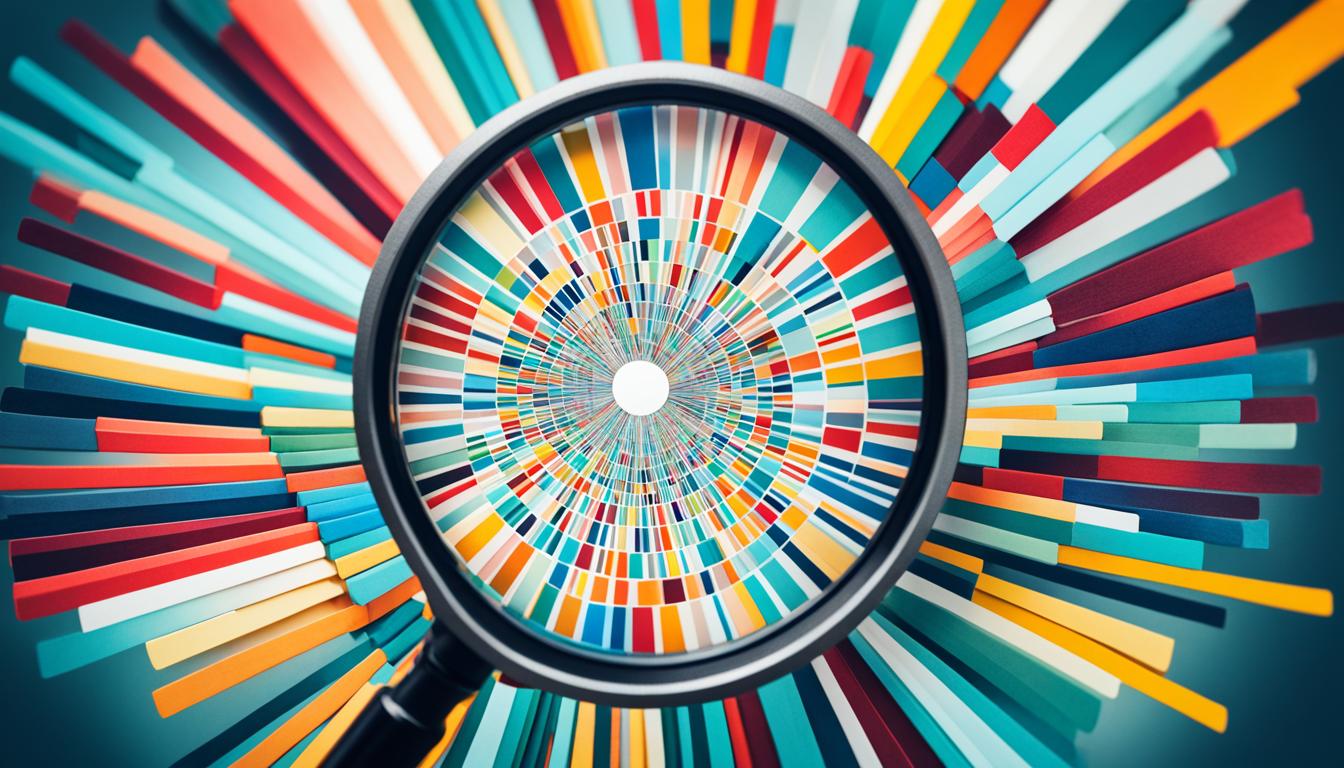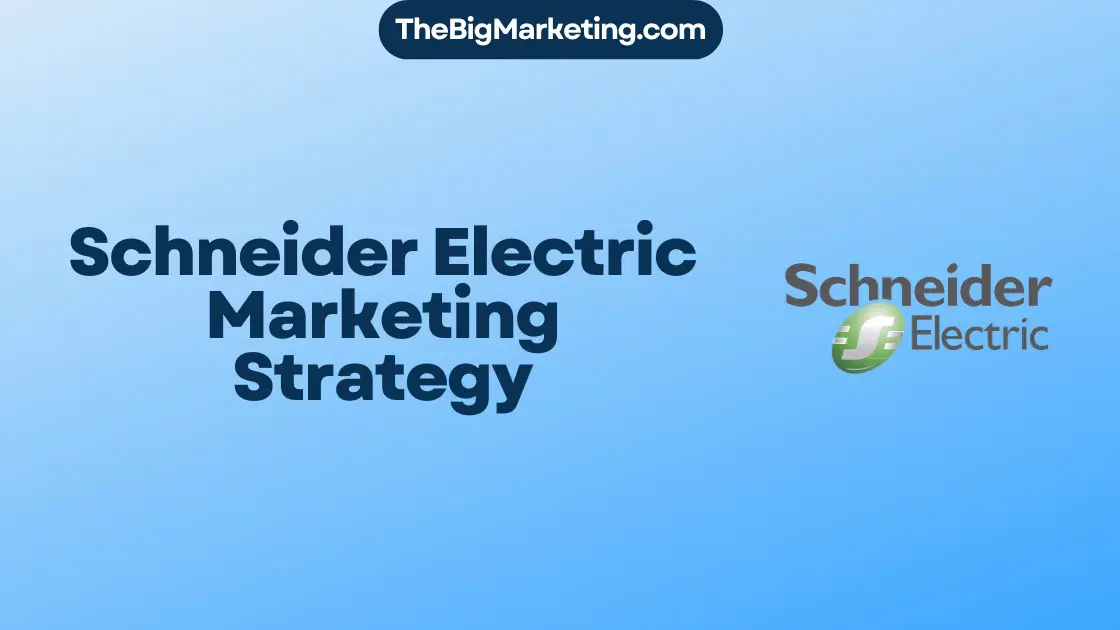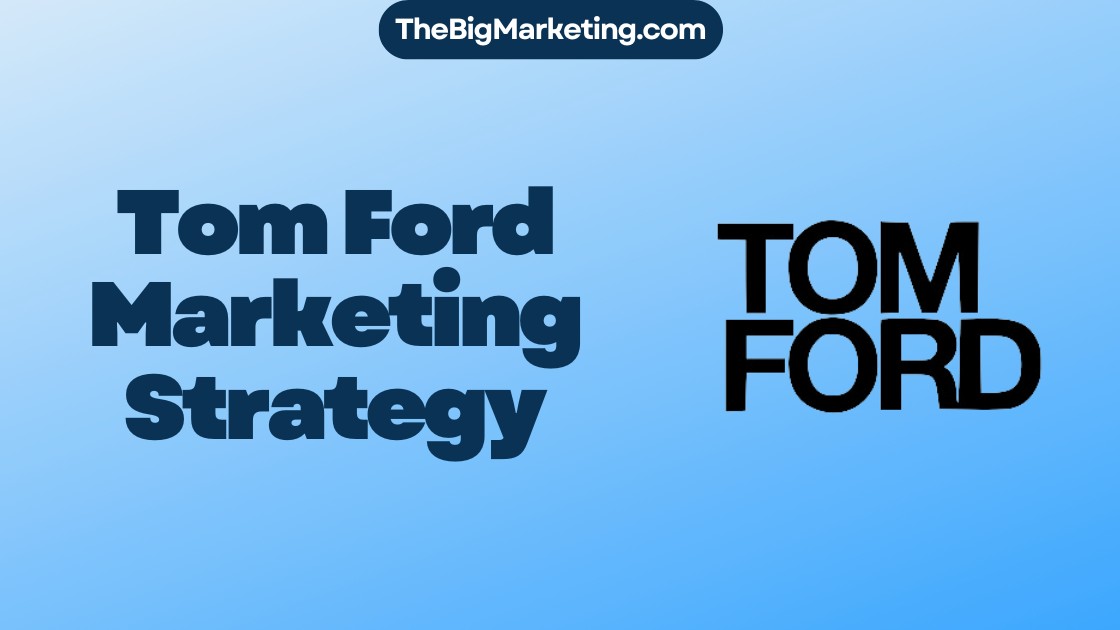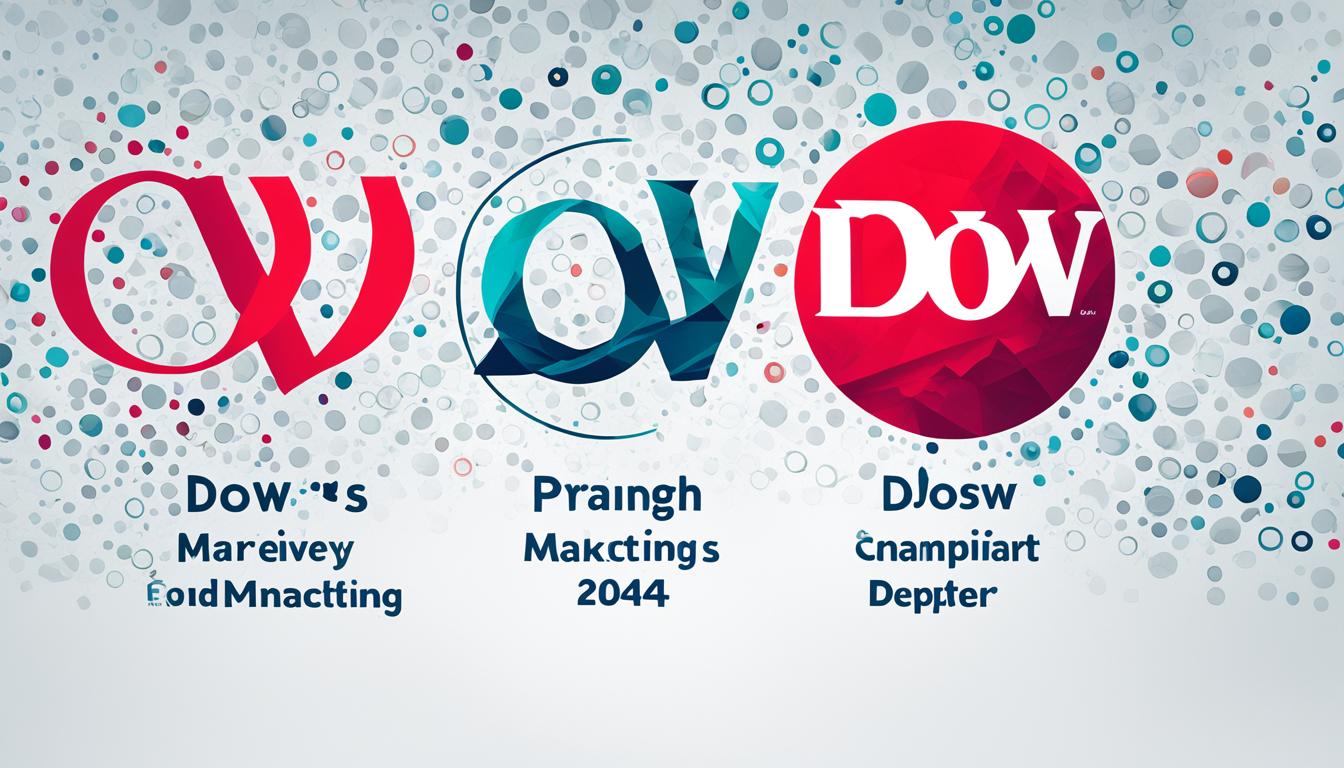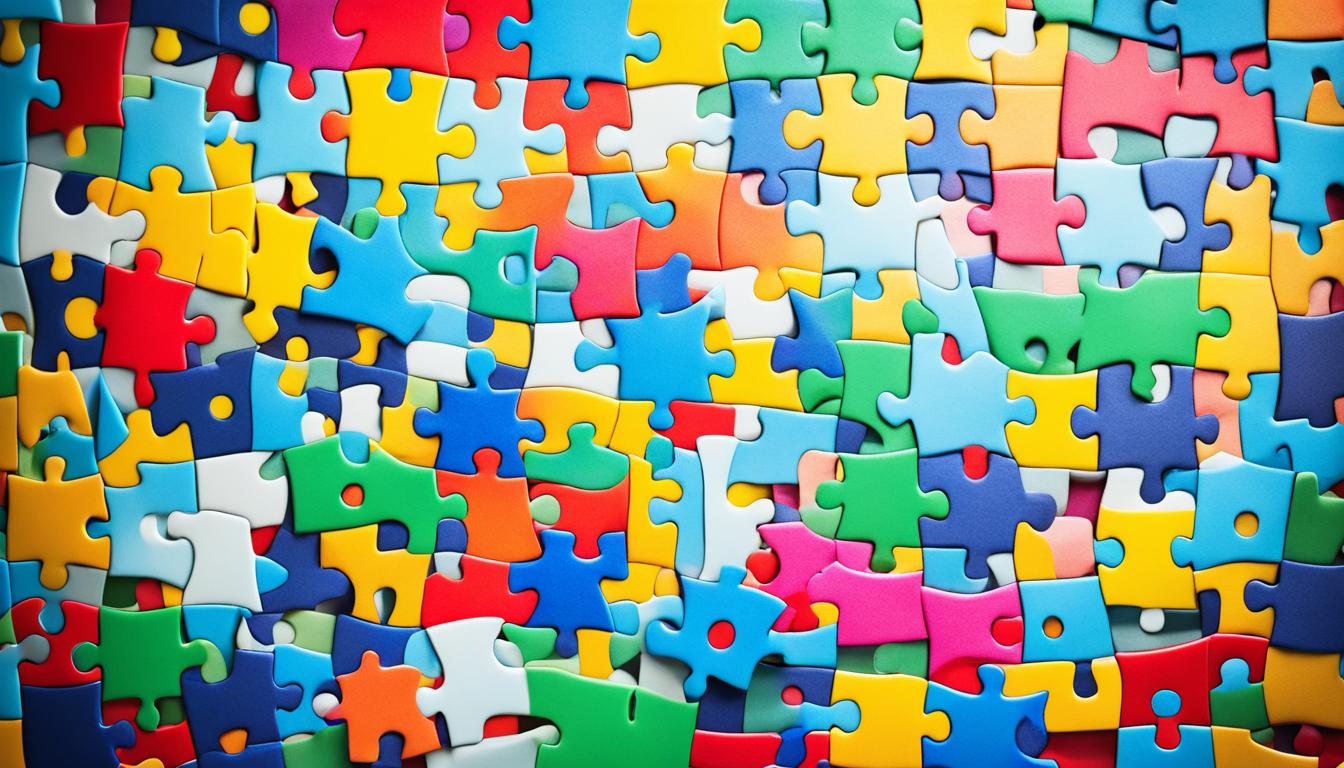Color psychology is a powerful tool in marketing that can significantly impact consumer behavior and purchasing decisions. One color that holds specific psychological effects on consumers is yellow. In this comprehensive guide, we will explore the meaning of yellow in marketing and how businesses can effectively incorporate this vibrant color into their branding and advertising strategies.
Yellow is associated with optimism, creativity, and happiness, making it an ideal color choice for brands that want to convey a positive and energetic image. By understanding the symbolism and psychological impact of yellow in marketing, businesses can harness its power to engage their target audience and leave a lasting impression.
Key Takeaways:
- Yellow is a vibrant color that evokes feelings of optimism, creativity, and happiness.
- Incorporating yellow into branding materials can create a positive and energetic brand image.
- Yellow can be used strategically in calls-to-action and promotional materials to grab attention and encourage customer engagement.
- Understanding the psychological effects and symbolism of yellow can help businesses create a positive and uplifting brand image.
- Staying informed about current yellow marketing trends can help businesses stay relevant and effectively engage their target audience.
The Basics of Color Psychology
Color psychology is a fascinating field that explores how colors can influence human behavior and emotions. By understanding the impact of colors on individuals, marketers can effectively use color to evoke specific responses and create meaningful connections with their target audience. In this section, we will delve into the fundamentals of color psychology and explore how different colors can affect behavior and emotions.
How Color Affects Behavior and Emotions
Colors have the power to evoke a wide range of emotions and trigger specific behavioral responses. This influence occurs because colors are associated with various meanings and symbolisms in our culture and society. For example, warm colors like red and orange are often linked to excitement and energy, while cool colors like blue and green can elicit feelings of calmness and relaxation.
In the context of marketing, understanding how color affects behavior and emotions is crucial for creating impactful and persuasive campaigns. By strategically selecting colors that align with the desired emotions and responses, marketers can effectively shape consumer perceptions and influence purchasing decisions.
Color Associations
Colors are deeply rooted in our minds and often carry specific associations and meanings. These associations can vary across cultures and individuals, but there are also common color connotations that many people share. For example, red is often associated with passion, love, and intensity, while green is frequently linked to nature, freshness, and growth.
Understanding color associations is vital for marketers, as it allows them to tap into these pre-existing perceptions and create brand messages that align with their desired positioning. By using colors that naturally correspond to the intended brand attributes, marketers can strengthen brand identity and enhance the overall brand experience.
Importance of Color in Marketing
In marketing, color plays an instrumental role in capturing attention, building brand recognition, and influencing customer behavior. The strategic use of color can help differentiate a brand from competitors, convey messages and meanings, and create emotional connections with consumers.
By harnessing the power of color psychology, marketers can leverage colors to ignite specific emotions, stimulate desired actions, and establish a strong brand presence. Through thoughtful color selection and integration across various marketing channels, businesses can enhance their communication efforts, foster brand loyalty, and ultimately drive greater success.
The Influence of Yellow in Marketing
Yellow is a color that holds significant influence in marketing due to its psychological effects on consumers. It is associated with optimism, creativity, and happiness, making it a powerful tool for brands to convey positive emotions and energy in their marketing efforts. Understanding the impact of yellow on consumer behavior and brand perception is crucial for businesses aiming to create compelling marketing campaigns.
Psychological Effects of Yellow
Yellow has specific psychological effects that can elicit emotional responses from consumers. It is a color that signifies warmth, positivity, and joy. When incorporated into branding and marketing materials, yellow can create a sense of optimism and attract potential customers drawn to its uplifting qualities. The vibrancy of yellow also grabs attention and encourages action, making it an effective choice for calls-to-action and promotional materials.
Yellow in Brand Perception
The color yellow has a profound impact on brand perception. When used strategically, it can shape how consumers perceive a brand and its values. Incorporating yellow into branding materials, such as logos and website design, can create an image of a brand that is energetic, creative, and forward-thinking. Through the association with happiness and optimism, yellow can help brands establish a positive and engaging image, increasing the likelihood of consumer engagement and loyalty.
Impact of Yellow on Consumer Behavior
Yellow has the power to influence consumer behavior in various ways. Its bright and attention-grabbing nature can attract customers and entice them to explore further. The positive emotions evoked by yellow can influence purchasing decisions, as consumers are more likely to choose brands that elicit feelings of happiness and positivity. Additionally, yellow can create a sense of urgency and impulse, prompting immediate action from consumers, making it an effective color choice for sales and promotional campaigns.
Understanding the psychological effects of yellow, its impact on brand perception, and its influence on consumer behavior allows businesses to harness the power of this vibrant color in their marketing strategies. By incorporating yellow strategically and aligning it with the values of their target audience, brands can create engaging and memorable campaigns that resonate with consumers.
Yellow Marketing Strategies
When it comes to incorporating yellow into marketing campaigns, there are several effective strategies that businesses can implement. By harnessing the power of yellow branding, design elements, and call-to-action, companies can create compelling marketing materials that capture attention and drive customer engagement.
Using Yellow in Branding
One of the key yellow marketing strategies is to incorporate the color into branding materials such as logos and website design. Yellow has the ability to create a positive and energetic brand image, making it an excellent choice for companies that want to convey optimism and creativity to their target audience. By using yellow in their branding, businesses can leave a lasting impression and stand out from the competition.
Yellow as a Dominant Color in Promotional Materials
When it comes to promotional materials, yellow can be used strategically as a dominant color to grab attention and create a sense of urgency. Whether it’s a yellow background for a flyer or a yellow border on a banner, the vibrant hue can catch the eye and entice potential customers. This can lead to increased brand visibility and higher response rates for promotional campaigns.
Yellow Call-to-Action
A well-crafted call-to-action (CTA) is an essential component of any marketing strategy, and yellow can play a crucial role in capturing customer attention. Incorporating yellow into CTAs, such as buttons or links, can make them visually prominent and encourage customers to take the desired action. Whether it’s signing up for a newsletter or making a purchase, a strategically placed yellow CTA can significantly boost conversion rates.
By utilizing these yellow marketing strategies, businesses can effectively leverage the power of color psychology to enhance their branding, promotions, and customer engagement. The vibrant and optimistic nature of yellow can create a positive brand image that resonates with consumers, ultimately driving business success.
| Yellow Marketing Strategies | Key Benefits |
|---|---|
| Using Yellow in Branding | – Creates a positive and energetic brand image – Helps businesses stand out |
| Yellow as a Dominant Color in Promotional Materials | – Grabs attention and creates a sense of urgency – Increases brand visibility |
| Yellow Call-to-Action | – Makes CTAs visually prominent – Boosts conversion rates |
The Symbolism of Yellow in Marketing
Yellow holds significant symbolic meaning in the realm of marketing. It is widely recognized as a color associated with optimism, happiness, and sunshine. By incorporating yellow into marketing materials, brands can create a positive and uplifting image that resonates with their target audience.
Yellow as a Symbol of Optimism
The vibrant and energetic nature of yellow makes it a powerful symbol of optimism. When consumers see yellow in marketing materials, it can evoke a sense of positivity and hope. The color has the ability to uplift moods and create a sense of enthusiasm among potential customers.
Yellow as a Symbol of Happiness
Yellow is often seen as a symbol of happiness due to its association with bright sunshine and cheerful emotions. Brands that incorporate yellow into their marketing can tap into this symbolic meaning to convey a sense of joy and contentment. By using yellow strategically, marketers can create a positive and vibrant brand image that attracts customers who resonate with feelings of happiness.
To visually illustrate the symbolic meaning of yellow, consider the following table showcasing the emotions and associations commonly linked to this color:
| Symbolic Meaning of Yellow | Yellow as a Symbol of Optimism | Yellow as a Symbol of Happiness |
|---|---|---|
| Positive energy | Enthusiasm | Joy |
| Creativity | Positivity | Contentment |
| Warmth | Hope | Sunshine |
By utilizing the symbolic meanings of yellow, brands can create a visual identity that fosters optimism and happiness among their target audience. Whether through logo design, website elements, or advertising materials, incorporating yellow into marketing strategies can have a profound impact on brand perception and consumer engagement.
Now, let’s dive into how yellow is currently being used in advertising and explore the latest trends in yellow marketing strategies.
Yellow in Advertising Trends
Yellow has long been a popular color choice in advertising, and for good reason. Its vibrant and eye-catching nature makes it an effective tool for grabbing attention and creating positive associations with a brand or product. In contemporary marketing, yellow continues to shine as it is often utilized in minimalist and retro-inspired designs, bringing a fresh yet nostalgic appeal to advertisements.
One of the key advantages of using yellow in advertising is its ability to create visual contrast. Its brightness allows it to stand out against other colors, making it perfect for highlighting important information or key messages. Yellow also has a way of evoking feelings of optimism and happiness, which can greatly impact how consumers perceive and engage with an advertisement.
In digital advertising, where screens are filled with images and content, yellow becomes even more valuable. Its brightness can cut through the clutter and draw the viewer’s attention. This makes it an excellent choice for digital banners, social media ads, and website elements, where its vibrancy can captivate and engage the target audience.
Keeping up with yellow advertising trends is crucial for businesses looking to stay relevant and connect with their target audience. Whether it’s through bold and prominent yellow visuals or subtle accents and highlights, understanding the popular use of yellow in advertising can help marketers create compelling campaigns that leave a lasting impression.
Overall, yellow’s ability to grab attention, evoke positive emotions, and create visual contrast make it an enduring choice for advertisers. By incorporating yellow strategically and staying in tune with contemporary yellow advertising trends, businesses can stand out from the competition and effectively communicate their message in the ever-evolving world of marketing.
The Meaning of Yellow in Branding
When it comes to branding, yellow holds significant power in conveying positive emotions and creating a lasting impact. The vibrant shade of yellow is associated with optimism, creativity, and happiness, making it an excellent color choice for brands that want to evoke these emotions in their target audience.
One of the key areas where yellow plays a vital role is in logo design. By incorporating yellow into a brand’s logo, businesses can create a distinctive and memorable visual identity. The boldness and energy of yellow can make the logo stand out and leave a lasting impression on consumers.
Yellow can also be effectively utilized in other brand identity elements, such as packaging, website design, and advertising materials. By infusing yellow into these aspects, businesses can cultivate a sense of positivity and creativity in their brand perception, thereby connecting with customers on an emotional level.
Let’s take a closer look at the different ways yellow can be incorporated into branding strategies:
Yellow Branding Strategies
1. Color Palette: Yellow can act as a dominant or complementary color in a brand’s color palette, allowing for cohesive and visually appealing branding materials. Its vibrancy can grab attention and create a sense of enthusiasm.
2. Logo Design: The strategic use of yellow in logo design can help businesses communicate their brand’s identity and values effectively. Whether it’s a playful and energetic yellow or a more sophisticated shade, the choice of yellow can shape the overall perception of the brand.
3. Visual Identity: Incorporating yellow into other visual identity elements such as packaging, website design, and marketing materials can enhance brand recognition and evoke positive emotions in consumers.
Yellow Logo Design
Yellow logo design can leave a lasting impact on consumers. Companies such as McDonald’s and Best Buy have successfully incorporated yellow into their logos, creating vibrant and memorable brand identities. The use of yellow in logo design can evoke feelings of positivity, energy, and happiness, making it a powerful branding tool.
Yellow in Brand Perception
When consumers see the color yellow in branding, it can evoke a range of emotions and associations. From feelings of joy and optimism to creativity and positivity, yellow can shape how consumers perceive a brand. Through strategic use of yellow, businesses can cultivate a brand image that resonates with their target audience and creates a positive and memorable impression.
By understanding the meaning of yellow in branding and incorporating it strategically into various brand elements, businesses can create a distinct and engaging brand identity that captivates their target audience.
The Psychological Impact of Yellow in Marketing
Yellow is a color that has unique psychological effects on consumers. When used in marketing, it can evoke powerful emotional responses and influence consumer decision-making processes.
One of the primary psychological effects of yellow is its ability to evoke feelings of optimism. The bright and vibrant nature of yellow can create a sense of positivity and hopefulness in consumers. When people see yellow in advertisements or branding materials, it can generate a cheerful and energetic response, making them more likely to engage with the content.
In addition to optimism, yellow is also associated with creativity. The color has been shown to stimulate the imagination and encourage innovative thinking. When used strategically in marketing campaigns, yellow can inspire consumers to perceive a brand as innovative and cutting-edge. It can also make products or services appear more imaginative and unique.
Yellow is further linked to feelings of happiness. The color is often associated with sunshine and warmth, which can create a sense of joy and contentment. When consumers see yellow in marketing materials, it can elicit positive emotions and contribute to a favorable perception of a brand or product.
These emotional responses to yellow have a significant impact on consumer decision-making. When individuals feel optimistic, creative, and happy, they are more likely to be receptive to marketing messages and make positive associations with a brand. This can lead to increased brand loyalty, higher purchase intentions, and greater engagement with the brand’s offerings.
Yellow and Consumer Decision Making
Yellow can influence consumer decision-making through various mechanisms. Its ability to grab attention and create positive emotions can make products or services more appealing to potential customers. When used strategically, yellow can act as a visual cue that directs consumers’ attention to specific marketing messages, such as calls-to-action or promotional offers.
Additionally, yellow can create a sense of urgency. The energetic and vibrant nature of the color can evoke a feeling of excitement and motivate consumers to act quickly. Whether it’s a limited-time discount or a new product launch, yellow can help create a sense of urgency that encourages consumers to make a purchase or take advantage of an opportunity.
Understanding the psychological impact of yellow is crucial for businesses looking to tap into the power of color psychology in their marketing strategies. By incorporating yellow strategically, brands can evoke positive emotional responses, influence consumer decision-making, and create a memorable and engaging brand experience.
| Psychological Effects of Yellow | Emotional Responses to Yellow | Yellow and Consumer Decision Making |
|---|---|---|
| Elicits feelings of optimism | Evokes a sense of creativity | Influences attention and engagement |
| Creates a sense of happiness | Inspires positive associations | Encourages action and purchase intentions |
By leveraging the psychological effects of yellow, businesses can create impactful marketing campaigns that resonate with their target audience and drive meaningful results.
Case Studies: Successful Use of Yellow in Marketing
Yellow is a color that has been effectively used by several brands in their marketing campaigns. Let’s explore some successful examples of how businesses have incorporated yellow in their branding and advertising strategies to create impactful and engaging marketing campaigns.
McDonald’s
McDonald’s is a prime example of a brand that has successfully utilized yellow in its marketing. With its iconic golden arches logo, McDonald’s incorporates yellow to create a vibrant and cheerful image that appeals to its target audience, which is primarily families and children. The color yellow evokes a sense of happiness, warmth, and energy, aligning perfectly with the brand’s core values of delivering fast and enjoyable experiences for customers. From its logo to its restaurant decor, McDonald’s strategic use of yellow contributes to its strong brand identity.
Best Buy
Best Buy, a leading electronics retailer, also leverages yellow in its marketing to create a sense of excitement and energy. The brand strategically uses yellow as a dominant color in its branding materials, such as its logo and website design. This use of yellow helps Best Buy stand out from its competitors and conveys a message of innovation and cutting-edge technology. By associating yellow with these qualities, Best Buy has successfully positioned itself as a go-to destination for the latest gadgets and electronics.
IKEA
IKEA, the popular Swedish furniture retailer, utilizes yellow as a dominant color in its branding to create a sense of excitement and energy. From its iconic yellow shopping bags to its yellow shopping carts, IKEA’s use of yellow is instantly recognizable and contributes to its strong brand identity. The color yellow symbolizes affordability, accessibility, and modern design, all of which are qualities that resonate with IKEA’s target audience. By incorporating yellow strategically in its marketing, IKEA has successfully positioned itself as a go-to destination for stylish and affordable home furnishings.
These case studies clearly demonstrate the impact of yellow in marketing. By strategically incorporating yellow into branding materials, including logos, website design, and promotional materials, these brands have effectively communicated their brand values, created a distinctive brand identity, and captivated their target audience. The success of these campaigns highlights the power of yellow in influencing consumer perceptions and driving engagement.
| Brand | Industry | Yellow Usage |
|---|---|---|
| McDonald’s | Fast Food | Logo, branding materials |
| Best Buy | Electronics | Logo, website design |
| IKEA | Furniture | Shopping bags, shopping carts |
Tips for Using Yellow in Marketing Strategies
When it comes to incorporating yellow into your marketing strategies, there are several key factors to consider in order to maximize its impact. By understanding color combinations, choosing the right tone of yellow, and taking into account your target audience preferences, you can effectively leverage this vibrant color to create a cohesive and impactful marketing campaign.
1. Color Combinations
Yellow can be a versatile color that pairs well with a variety of other hues. When using yellow in your marketing materials, consider complementary or contrasting colors to create visual appeal. For example, pairing yellow with blue can create a sense of vibrancy and energy, while yellow and gray can convey a modern and sophisticated feel. Experiment with different color combinations to find the one that best aligns with your brand identity and message.
2. Tone of Yellow
Yellow comes in various shades and tones, each with its own distinct character and impact. Bright and bold yellows can evoke feelings of optimism and create a sense of urgency, making them ideal for attention-grabbing elements like call-to-action buttons. On the other hand, softer and pastel yellows can convey a more serene and calming vibe, perfect for brands focusing on relaxation and comfort. Consider the personality and values you want your brand to embody and choose a tone of yellow that aligns with those characteristics.
3. Target Audience Preferences
Understanding your target audience’s preferences is crucial when incorporating yellow into your marketing materials. Conduct market research to gain insights into their color preferences, as individual tastes can vary widely. Some demographics may respond more positively to vibrant and eye-catching yellows, while others may prefer more subtle and muted tones. Tailor your use of yellow to resonate with your specific target audience, enhancing their emotional connection to your brand.
4. Branding and Design Elements
Using yellow strategically in your branding and design elements can significantly enhance your marketing efforts. Incorporate yellow into your logo, website design, and promotional materials to create a cohesive and memorable brand identity. Yellow can evoke a sense of positivity, creativity, and happiness, making it an effective tool for capturing your audience’s attention and leaving a lasting impression. Ensure that yellow is used consistently across all your marketing touchpoints to reinforce brand recognition and recall.
| Marketing Tip | Description |
|---|---|
| 1. Consistency is Key | Ensure that yellow is used consistently across all your marketing channels, reinforcing brand recognition and recall. |
| 2. Prioritize Accessibility | Consider the contrast between yellow and other text or design elements for optimal accessibility, ensuring readability for all users. |
| 3. Test and Iterate | Experiment with different shades, tones, and color combinations to find the optimal yellow strategy for your brand and target audience. |
| 4. Seek Inspiration | Look at successful examples of brands that have effectively incorporated yellow into their marketing campaigns for inspiration and ideas. |
By following these tips and best practices, you can harness the power of yellow in your marketing strategies, effectively incorporating it into your branding and design elements. Whether you choose to use yellow as a dominant color or as an accent, it has the potential to make a significant impact on your brand perception and audience engagement.
Conclusion
The use of yellow in marketing can have a significant impact on brand perception and consumer behavior. Understanding the psychological effects and symbolism of yellow can help businesses effectively incorporate this vibrant color into their branding and advertising strategies.
Yellow is associated with optimism, creativity, and happiness, making it an ideal choice to convey positive emotions in marketing materials. By strategically using yellow in branding, such as logos and website design, businesses can create a positive and engaging brand image that resonates with their target audience.
Staying informed about current yellow marketing trends is crucial to ensure relevance and attract customers. Yellow has seen popularity in minimalist and retro-inspired designs, as well as in digital advertising for its ability to grab attention and create visual contrast.
By carefully incorporating yellow into marketing strategies and staying attuned to its psychological effects, businesses can create a distinct and memorable brand identity that appeals to their target audience. Utilizing yellow strategically and staying up to date with yellow marketing trends can help businesses create a positive and engaging brand image that resonates with their customers.
